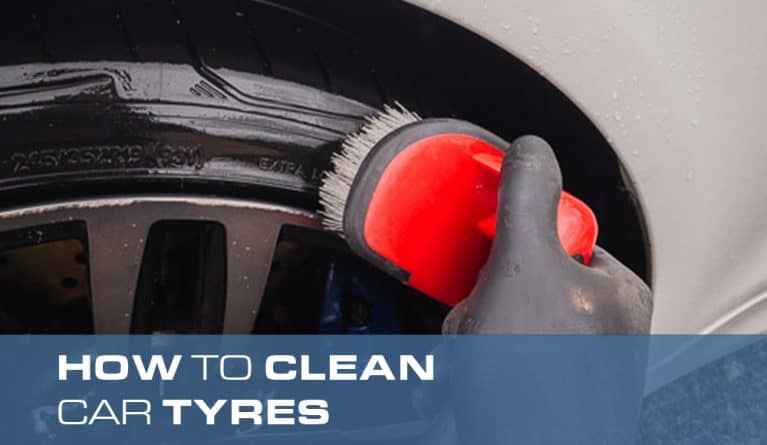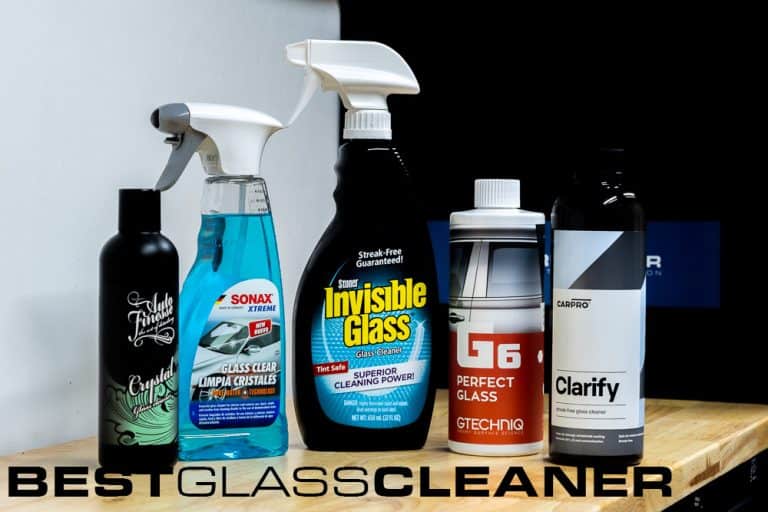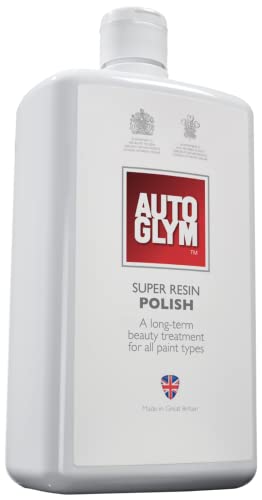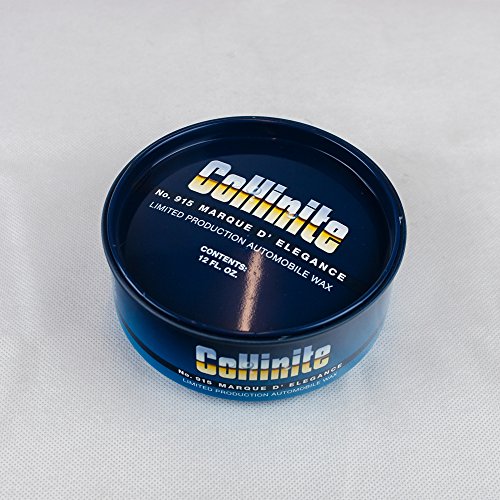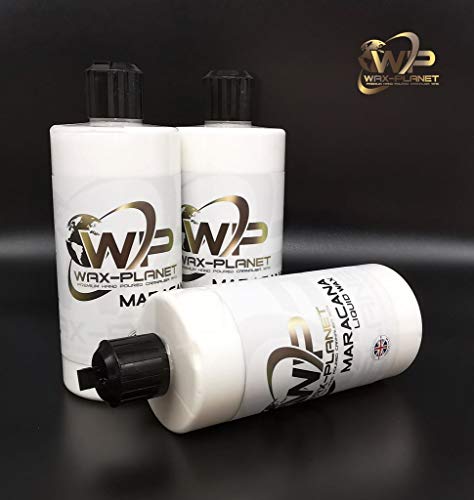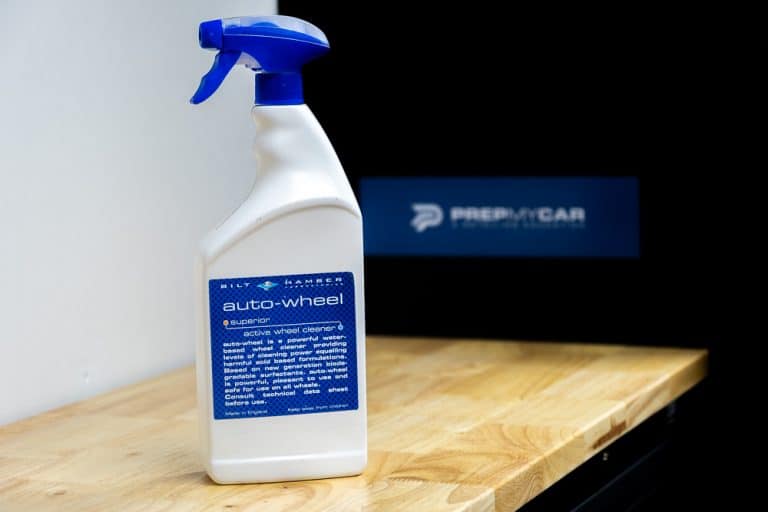How to Remove Mould, Algae, and Mildew From Your Car
The yucky presence of mould, algae, or mildew in your car seats and interior demands immediate attention. While some species of mould are relatively harmless, the really bad ones can mess up your health, particularly black mould or Stachybotrys chartarum.
As if having the name ‘black mould’ is not terrifying enough, it is a toxic species of mould and causes dangerous allergic reactions.
In the worst cases, black mould can kill a person. The symptoms of toxicity include abdominal pain or bloating, shortness of breath, headaches, fuzzy memory, or weakness and fatigue.
While it’s true we’re all exposed to mould spores every single day, these abhorring fungi have no place in the interior of your car. If you see white, orange, purple, green, or even black mould on car seats or in your vehicle, you need to remove it as soon as possible to prevent further infestation.
In this helpful article, I will show you the various ways to safely remove mold in a car and how to decontaminate your vehicle’s interior to get rid of nasty moulds, mildew, or algae.
How to Remove Mould Off Car Seats And The Interior the Natural Way
While the market is flooded with bio-cleaners and chemical contaminants, you can remove mould, algae, and mildew in your car’s interior using natural and bio-degradable products.
These products are safe to use and are strong enough to kill mould spores.
Before we begin, it is better to take your car out of the shade. Exposing the vehicle to direct sunlight will help to dry and air-out the interior.
Open all the windows and doors and leave the vehicle sitting in the sun for 20 to 30 minutes.
Caution: Cleaning mold releases spores into the air. It is a great idea to wear gloves and a face mask when decontaminating mould from a vehicle.
Method 1: Vinegar and water.
Yes, you read that right. Plain white vinegar is one of the most effective cleaners for removing mould. All you need is a clean spray bottle, some tap water, a wet/dry vacuum cleaner, and some clean microfiber towels.
- PERFECT FOR COOKING – Use in vinaigrettes, sweet-and-sour dishes, marinades, pickles, chutneys, and butter sauces. Or infuse with fresh herbs to make…
- FABRIC SOFTENER – This white vinegar is perfect for households that have pets and children around as well as commercial premises where health and…
- FOR GARDENING – Garden Weeds, Odours, Limescales to name a few whilst having none of the side effects which are normally associated with cleaning…
After getting great results with this, I think this method may be the best mold remover for car interiors. However, this method will literally stink the car. But the good news is the smell will eventually fade as the vinegar dries.
Step 1: Mix some vinegar 1 parts vinegar to 4 parts water
Mix approximately 2 parts water to 8 parts vinegar in a spray bottle. If you’re dealing with heavy infestations, you can use a stronger vinegar solution. I’m not recommending undiluted vinegar since the acid in the solution may harm, destroy, or discolour the texture of the fabrics.
Step 2: Spray the vinegar solution liberally
Spray the cleaning solution liberally to cover all the contaminated areas. If removing moulds and algae from thick carpets, make sure to soak the area to kill all the spores deep in the threads of the fabric.
Step 3: Soak for 20min
Allow the cleaning solution to dwell for at least 20 minutes or more. The vinegar will kill and eradicate all traces of moulds and spores without the need to use harsh chemicals.
Step 4: Agitate the surface
Grab a soft detailing brush to agitate the wet surfaces. This also helps the cleaning solution to penetrate deep into the piles of the fabric.
Step 5: Wet vacuum cleaner then air dry
Use a wet/dry vacuum cleaner to suck out all the remaining traces of vinegar solution from the fabric. If you don’t have a vacuum cleaner, then simply allow the interior to air dry for 15 minutes or more.
Step 6: Apply some borax
This final step is optional. If you have a small carton of Borax powder (sodium tetraborate decahydrate) lying around the kitchen pantry, sprinkle some of the powder to the infected areas of the interior. Allow the Borax powder to sit for at least 10 minutes before using a vacuum to suck out the excess powder.
Borax prevents mold, algae, and mildew from returning. You can use it on carpets, car seats, and hard surfaces. However, you should take the necessary precautions in using Borax. Inhaling large amounts of the powder may cause skin irritation and respiratory infections.
Method 2: Removing moulds using natural sea salt.
Salt itself will not kill mould. If you dust the salt all over a mouldy piece of the car seat, it will not have any effect on the mould. But if you create a saline solution by dissolving the salt in water, this will kill the mould upon direct contact.
- Clean, White De-icing Salt; No muddy mess when used on paths or driveways
- Pure salt with anti-caking agent; For use in spreaders or by hand/shovel
- Provides grip and stops surfaces being slippery; Ideal for clearing Driveways and Paths from Snow or Ice
For this method, make sure to only use rock salt, sea salt, or any type of uniodized salt. Salt has the natural ability to dehydrate single-cell organisms such as mould spores and algae, thereby killing the infestation.
Step 1: Dissolve sea salt in a small bucket and put in spray bottle
Dissolve a small packet of sea salt (about a cup) in a small bucket of water. Pour the cleaning solution in a small spray bottle.
Step 2: Spray lots of salt solution onto affected areas
Spray liberal amounts of the saline solution to all infested areas in the interior. Make sure the areas are mildly wet. Allow the solution to dwell for at least 20 minutes to kill all traces of mould and mildew.
As the cleaning solution evaporates, salt crusts will form in the surface. You can remove this by using a soft brush or a vacuum cleaner.
The salt method is a good way to stop mold from returning, as the salt left over makes it an inhospitable environment for mold spores. The trade off though is that any salt left over in the fabric draws water from the air, so fabrics may feel a bit damp. For that reason, it is not the best option if you ask me.
How to Remove Moulds using Special Cleaners
One of the best products for removing moulds is Bio Brisk by AutoSmart. It is a special biological cleaner that contains live enzymes.
This product will literally starve the moulds and algae to prevent them from spreading. The enzymes in the cleaner will then eat the starving moulds to eradicate all traces of visible contamination and ugly smells.
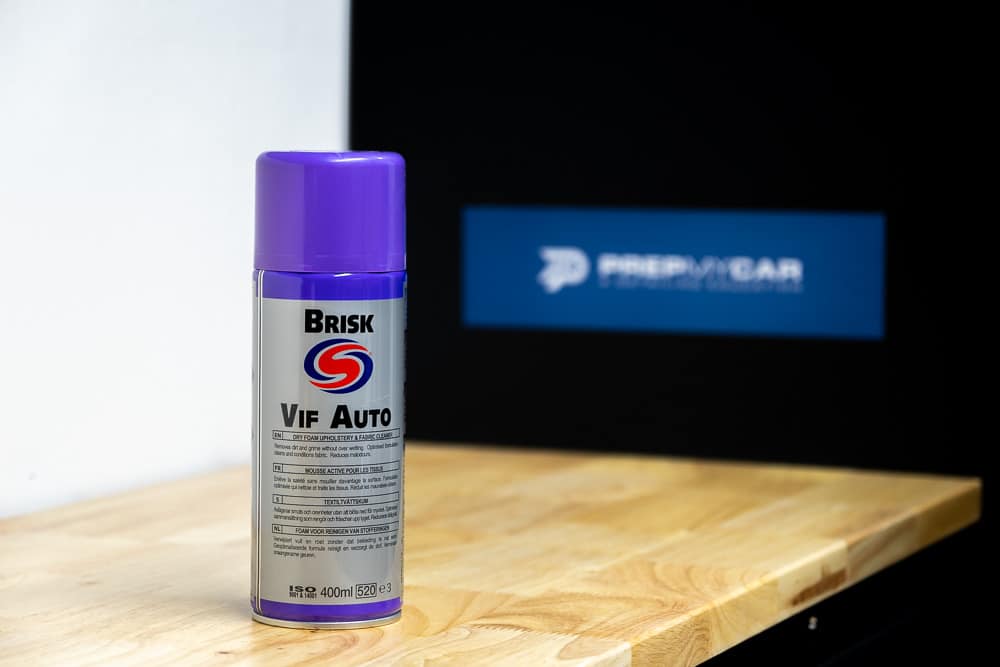
Step 1: Get some all purpose cleaner and some spray bottles
For this method, you’ll need two spray bottles:
- Fill the first with a mixture of water and all-purpose cleaner. This will be used to pre-clean the mouldy surface.
- The second bottle should be filled with a diluted mixture of Bio Brisk in warm water (about 5 parts water to 1 part Bio Brisk). Depending on the level of contamination, Bio Brisk can also be used full strength.
Make sure to wear hand gloves and a face mask before starting the decontamination process.
Step 2: Spray with some all purpose cleaner and agitate
Pre-clean the surface using all-purpose cleaner. Spray a generous amount of the cleaning solution to all contaminated surfaces. Grab a small detailing brush to agitate the surface.
Step 3: Use a wet vacuum to moisture
Use a wet/dry vacuum cleaner with a small crevice tool. Make sure to suck out all the moisture from the fabric seats or carpets. There is no need to fully dry the surface. The idea is to remove excess moisture while leaving the surface slightly moist to the touch.
Step 4: Treat all contaminated surfaces with Bio Brisk
Treat all contaminated surfaces with Bio Brisk. Spray a copious amount of the cleaner and allow to dwell for 10 to 15 minutes. How much is too much? The area should be wet to the touch, but not soaking.
Step 5: Allow to soak for 5 to 10 min
When cleaning or removing moulds from hard surfaces such as the dashboard and steering wheel, simply spray the Bio Brisk and allow to soak for 5 to 10 minutes. Wipe off the excess using a clean microfiber towel.
Step 7: Agitate with a soft brush
After allowing the diluted solution of Bio Brisk to dwell, grab a soft detailing brush to agitate the surface. Bio Brisk is great for removing oil, fat grease, milk, pet smells, urine, blood, and vomit. It will also eliminate the musky smell as the enzymes in the cleaner will literally eat moulds and bacteria.
Step 8: Remove cleaning solution with a wet vacuum and air dry
Use a wet/dry vacuum cleaner to suck out all the remaining cleaning solution from the seats and carpets. This will also accelerate the drying process.
Allow the interior to air dry for another 30 minutes until every surface is dry to the touch.
Step 9: Erase remaining odor with a good air freshener
For the final step, you’ll need a can of air freshener like the Auto Smart Blast Berry Fruit. This will give the interior a nice and clean smell. Give each footwell in the interior a short blast of this air freshener to erase all odors of moulds, algae, and mildew in the interior of your vehicle.
How do moulds and mildew form inside my vehicle?
Moulds are found everywhere. And I mean everywhere. Mould can grow on almost any surface and substance. It only needs water/moisture and heat to thrive. If you left the windows or the sunroof open on a rainy day or if you happen to spill liquid in the carpets, this is enough reason for moulds to accumulate in the interior of your vehicle.
How do I prevent mould from running the interior of my car?
Simple. Keep the interior of your vehicle clean and dry. If you have a habit of eating inside your vehicle, make sure to throw away all scraps in the garbage bin. Do not leave leftover food inside the vehicle.
If you spilt coffee, milk, juice, or vomit in the carpets, clean up the mess immediately using Bio Brisk or all-purpose cleaner.
Always keep the interior dry. In the presence of excess moisture (such as driving in snowy or stormy weather), you can use small packets of silica gel desiccant or an open carton of baking soda to absorb excess moisture in the interior. You can also sprinkle baking soda directly over wet carpets and allow it to sit for a couple of hours to remove moisture and odours.





